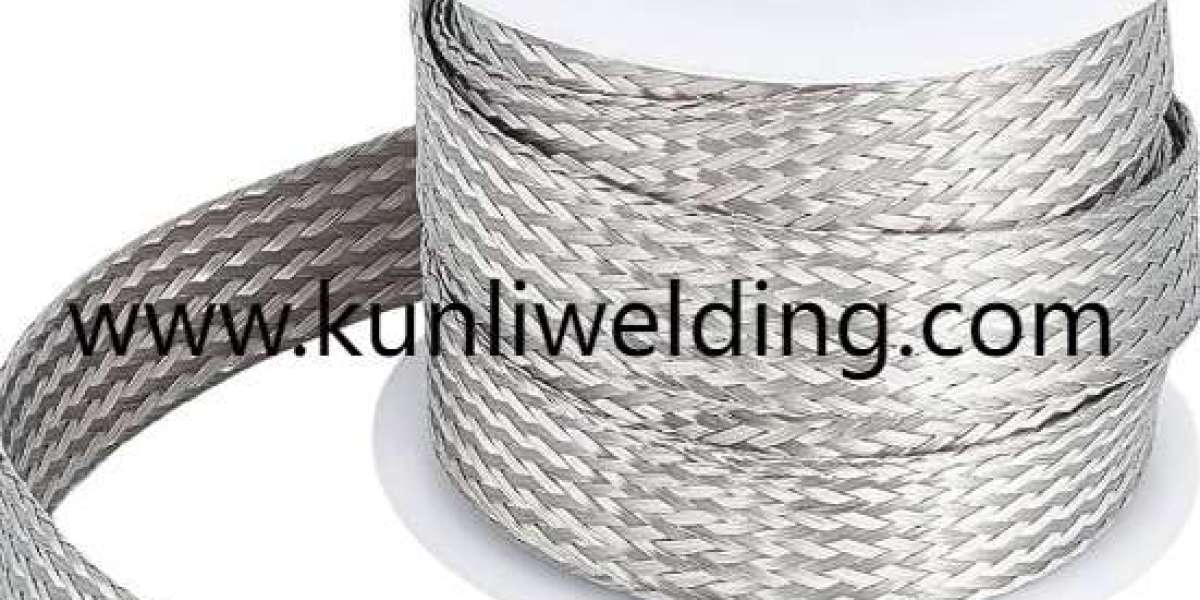Repairing aluminum structures demands a methodical approach, and choosing the right filler is an early step toward durable returns. Aluminum Welding Wire ER5087 appears on many repair specs for its combination of strength and resistance in harsh atmospheres, and practical techniques make the difference between a temporary fix and a long lasting joint. As coastal infrastructure and marine assets face heavier maintenance cycles due to climate related weather and rising operational tempo, repair teams are under pressure to complete safe, reliable welds quickly and durably.
Assess the damage and plan the repair before picking up a torch. Visual inspection should be followed by cleaning to remove corrosion products and coatings that mask cracks or thinning. Mechanical removal of scale with a dedicated stainless brush and a solvent wipe ensures fresh metal is exposed for welding. Good access to the defect allows for controlled beveling that gives the filler room to form full penetration without excessive heat input. Planning the sequence of tacks and weld passes keeps distortion manageable and helps maintain alignment in assemblies that already face service stresses.
Control of dilution and heat input is central to restoring strength. ER5087 deposit chemistry is favored where joint toughness and resistance to corrosive environments are priorities, so techniques that avoid overheating the base metal are valuable. Use short runs, stitch welding, or a back step pattern to moderate heat buildup. When welding thin sections, reduce current and increase travel speed rather than forcing heavy single passes. Where possible, clamp and fixture parts to reduce gap variation and minimize the need for heavy corrective straightening after welding.
Choose the welding method that matches access and joint geometry. TIG provides precise heat control and is often used for thin sheet repairs and areas where a neat appearance matters. MIG or mechanized GMAW speeds repair on larger areas and where penetration control can be achieved with appropriate parameter tuning. For mechanized setups, confirm spool form, liner condition, and drive roll alignment to prevent feed interruptions that can leave cold laps or porosity in critical locations. Wherever possible perform a short trial bead on matching scrap to verify settings before committing to the main joint.
Shielding and cleanliness extend repair life. Stable argon shielding and a clean gas lens setup prevent atmospheric contamination that leads to pores and localized corrosion initiation. Keep the nozzle free from spatter and check hoses for leaks that could disturb the gas envelope. Avoid touching filler wire with bare hands and keep spools sealed until use; surface oils and handling marks can burn into the weld zone and create weak points that show up later under cyclic load or in salt laden air.
Layering strategy and joint finishing matter for long term performance. Build welds in controlled passes, peening or light hammering when appropriate to relieve residual stresses in some repair contexts, and dress the weld only to the extent needed to achieve the specified fit for coatings. Over grinding removes protective parent metal and can expose fresh material that requires rework. Plan coating or sealing as soon as practical after welding to prevent fresh metal from long term exposure before finishing.
Inspection and verification should be built into each repair job. Visual checks for consistent bead profile, tie in, and the absence of undercut or crater defects are basic steps. For critical structural repairs, combine visual methods with non destructive testing suitable to the part and to expected service stresses. Early detection of lack of fusion or internal porosity lets teams correct procedures promptly and prevents repeated interventions that raise lifecycle cost.
Handling and storage practices protect spool quality between site visits. Keep wire in sealed packaging and store spools in dry boxes if humidity is a concern. On mobile repair sites use short feeder runs and perform a quick trial weld after changing spools to confirm feed behavior. Simple habits like rotating stock and keeping a small kit of spare liners and contact tips minimize downtime when unexpected feed issues occur.
Training and documentation help teams reproduce successful repairs across crews. Keep a short shop sheet with typical travel speeds, deposit patterns, and shielding recommendations for the common repair joints encountered in your fleet or yard. When operators share a consistent starting point for parameters, qualification and handover go more smoothly and inspection outcomes become more predictable. Suppliers' product notes and handling recommendations can be included in these sheets to align material choice with shop practice.
In an era of heightened maintenance demands and tighter access windows for coastal assets, applying careful repair techniques with a suitable filler reduces repeat visits and improves availability. When repair programs pair a resilient filler with controlled heat management, clean handling and consistent inspection, welded joints return service with predictable performance. Consult product news and technical guidance from the manufacturer for recommended handling and spool formats to match onsite feeders and repair workflows. For product details and technical notes see www.kunliwelding.com which provides technical guidance and product formats relevant to repair welding with ER5087.








